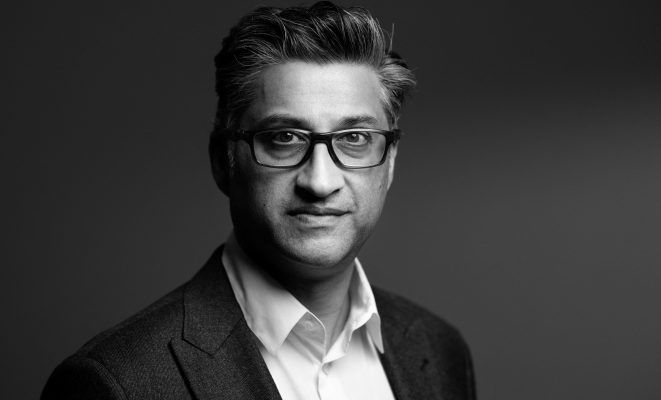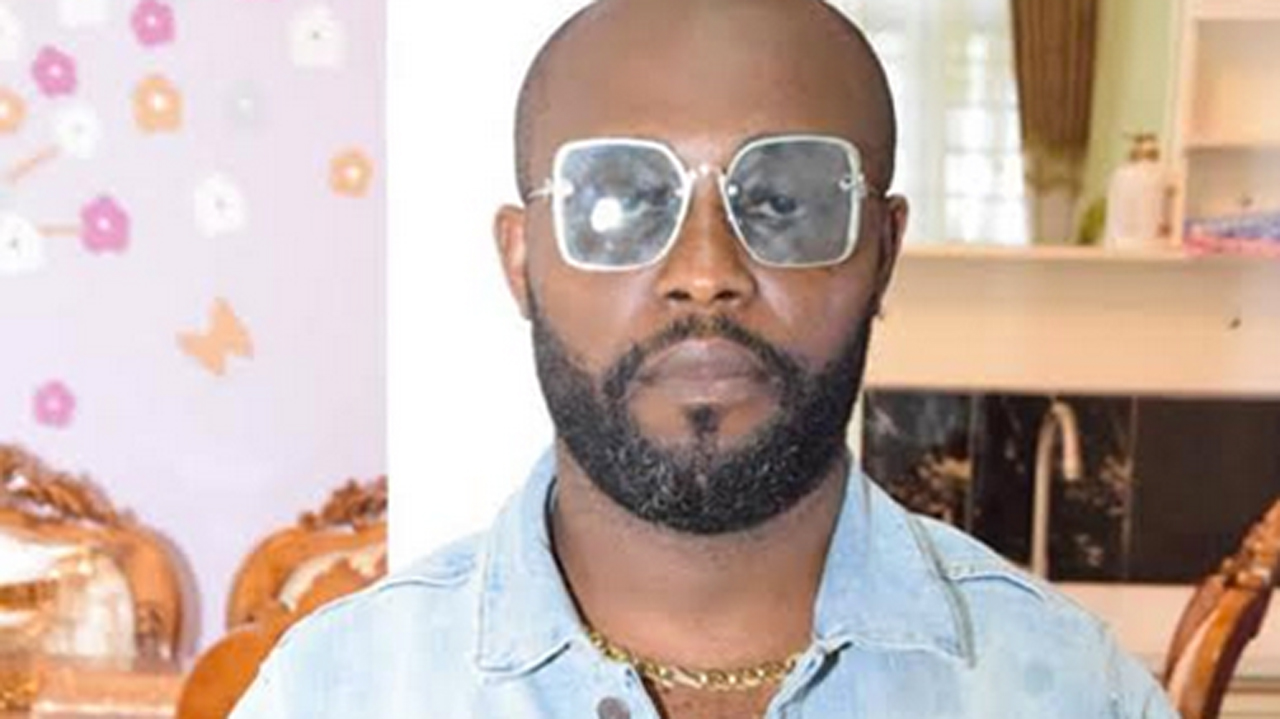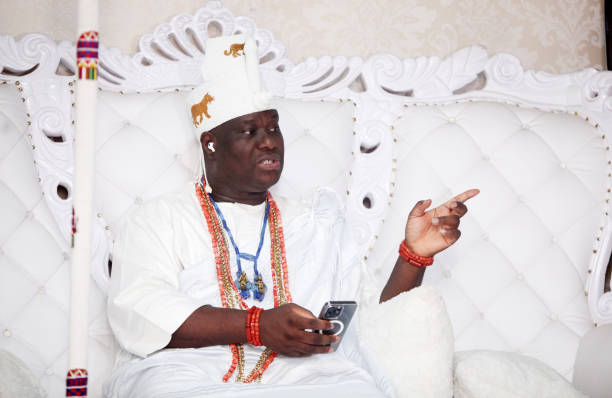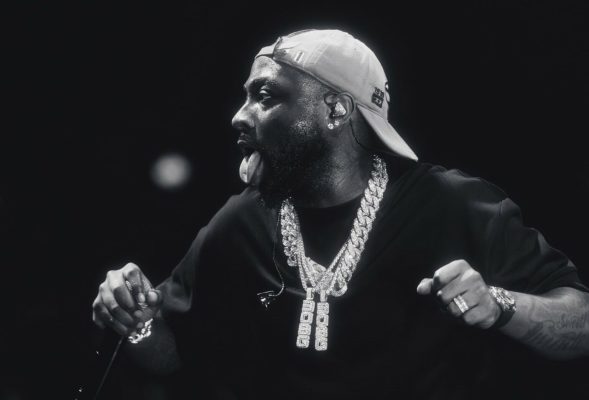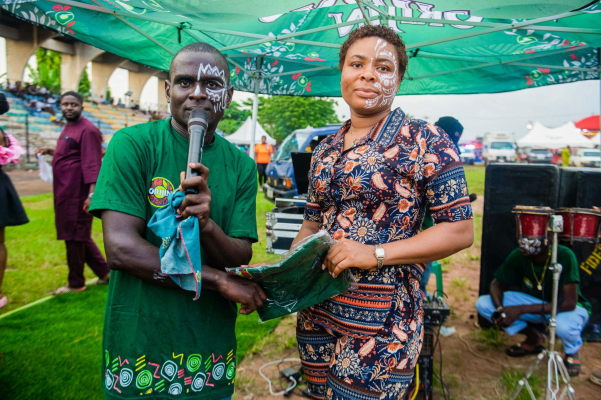Filmmaker Asif Kapadia has built his reputation excavating the past through archival footage, reconstructing the lives of Ayrton Senna, Amy Winehouse, and Diego Maradona from existing material. His latest film 2073 performs an unprecedented reversal: using documentary methods to peer forward in time, creating what functions as a warning from the future about present-day choices.
2073 presents itself as an artifact from fifty years ahead, where survivor Ghost (Samantha Morton) inhabits ruins of San Francisco amid the wreckage of democratic society. Yet the film’s most disturbing revelation is that its dystopian scenarios emerge entirely from current realities. “Every part of the scariest things, the worst things, the most epic things, the most terrifying moments — they’re all factual,” Kapadia emphasizes.
Archive as Prophecy
Conventional documentaries use archival footage to reconstruct past events. Kapadia inverts this relationship, repurposing current news footage, social media clips, and documentary material to construct possible futures. His film weaves together footage from approximately 60 countries, creating what he calls “temporal vertigo” where viewers cannot distinguish between historical record and speculative projection.
Working with cinematographer Bradford Young, known for Arrival and Solo: A Star Wars Story, Kapadia shot future sequences on LED stages similar to those used in The Mandalorian. His LED technology enabled a crucial innovation: documentary footage could be integrated directly into dramatic scenes. “All of the people that she sees are from news footage, documentaries, and they’re all shots from around the world,” Kapadia reveals about Morton’s character.
Archive material plays in backgrounds as Ghost navigates her underground world, creating an uncanny blend where past and future coexist within single frames. Rather than simply showing archival material, Kapadia recontextualizes it as historical artifacts from 2073, transforming familiar news footage into evidence of how current trends led to dystopian outcomes.
Temporal Production Methods
2073‘s hybrid structure demanded entirely new working methods. Kapadia employed separate editors for different temporal layers: Chris King handled documentary sequences drawn from contemporary sources, while Sylvie Landra crafted dramatic sequences set in 2073. “I had two different creative brains for the two different films,” Kapadia notes. “The two editors were not on the film at the same time.”
Sound design required similar temporal experimentation. Working with composer Antonio Pinto, Kapadia developed approaches where music could be written before footage was edited. They mixed electronic elements with orchestral scores to create soundscapes bridging documentary and science fiction tones, supporting the film’s temporal ambiguity.
Kapadia drew inspiration from Chris Marker’s 1962 experimental short La Jetée, which told a time-travel story entirely through still photographs. “If he can do it with stills and black and white, can I do a film set in a future by captioning things using archive?” Kapadia wondered. His question launched an ambitious production that challenges fundamental assumptions about documentary form.
Present Warnings Through Future Framework
2073 includes interviews with journalists Maria Ressa, Rana Ayyub, and Carole Cadwalladr, who have documented democracy’s erosion globally. “Three women journalists who have decided their mission in a way is to hold their power and their leaders to account,” Kapadia explains. “They have been threatened, they have been attacked on social media, they’ve been sued, they’ve all had court cases against them.”
Rather than offering simple solutions, Kapadia uses his future framework to help audiences recognize patterns that might otherwise remain invisible. “You may know this, but you may not know that,” he describes, explaining how the film juxtaposes footage from different countries to reveal connections between seemingly disparate phenomena.
Current-day footage of politicians and tech leaders gains prophetic weight when intercut with fictional future consequences. Kapadia’s method creates what he calls “cinematically interesting” art that carries underlying messages without becoming “too in-your-face preachy.”
Adaptive Temporal Resonance
Kapadia discovered that his temporal approach creates different impacts across audiences. “When I’m in the room, the film changes depending on who’s watching the film because different scenes have a different resonance to that audience,” he observes. Spanish viewers connected strongly with climate crisis elements reflecting recent Valencia floods. New York audiences responded more powerfully to political themes.
2073‘s hybrid nature created distribution challenges, as it defies traditional genre categories. “A lot of [distributors] just don’t want to touch politics,” Kapadia revealed. “They don’t want to go anywhere near anything political.” Eventually, Neon stepped forward to support the project, reflecting broader challenges facing independent cinema.
Kapadia’s production methods offer practical lessons for filmmakers addressing complex contemporary issues. Combining archival footage, LED stage technology, and divided editing teams created production value traditionally requiring much larger resources. His approach demonstrates how technical innovation can serve conceptual purposes rather than existing as mere spectacle.
Mirror for Present Moment
Ghost’s closing words capture the film’s essential purpose: “It’s too late for me, but maybe it’s not too late for you.” Where Marker’s La Jetée traced personal fate through time travel, Kapadia expands scope to encompass collective destiny. His reversal of traditional documentary temporality offers new possibilities for engaging with crisis. Kapadia says “the reason I find the film so powerful as a reference for 2073 is because it is about a character who witnesses their own death, but doesn’t realise it at the time.”
2073 functions as a mirror held up to our present moment, using future framework to make current realities visible in new ways. When viewers see familiar news footage recontextualized as historical artifacts from 2073, they experience contemporary events with fresh urgency. Kapadia suggests that what we consider normal political and technological developments may be leading toward outcomes we haven’t fully recognized.
“I want to shock the audience into action, not make them feel comfortable,” Kapadia states, rejecting easy comfort in favor of urgent awakening. His approach transforms documentary from historical record into active intervention, using tomorrow to illuminate today’s critical choices. Whether audiences heed the warning remains the open question haunting both film and moment.

